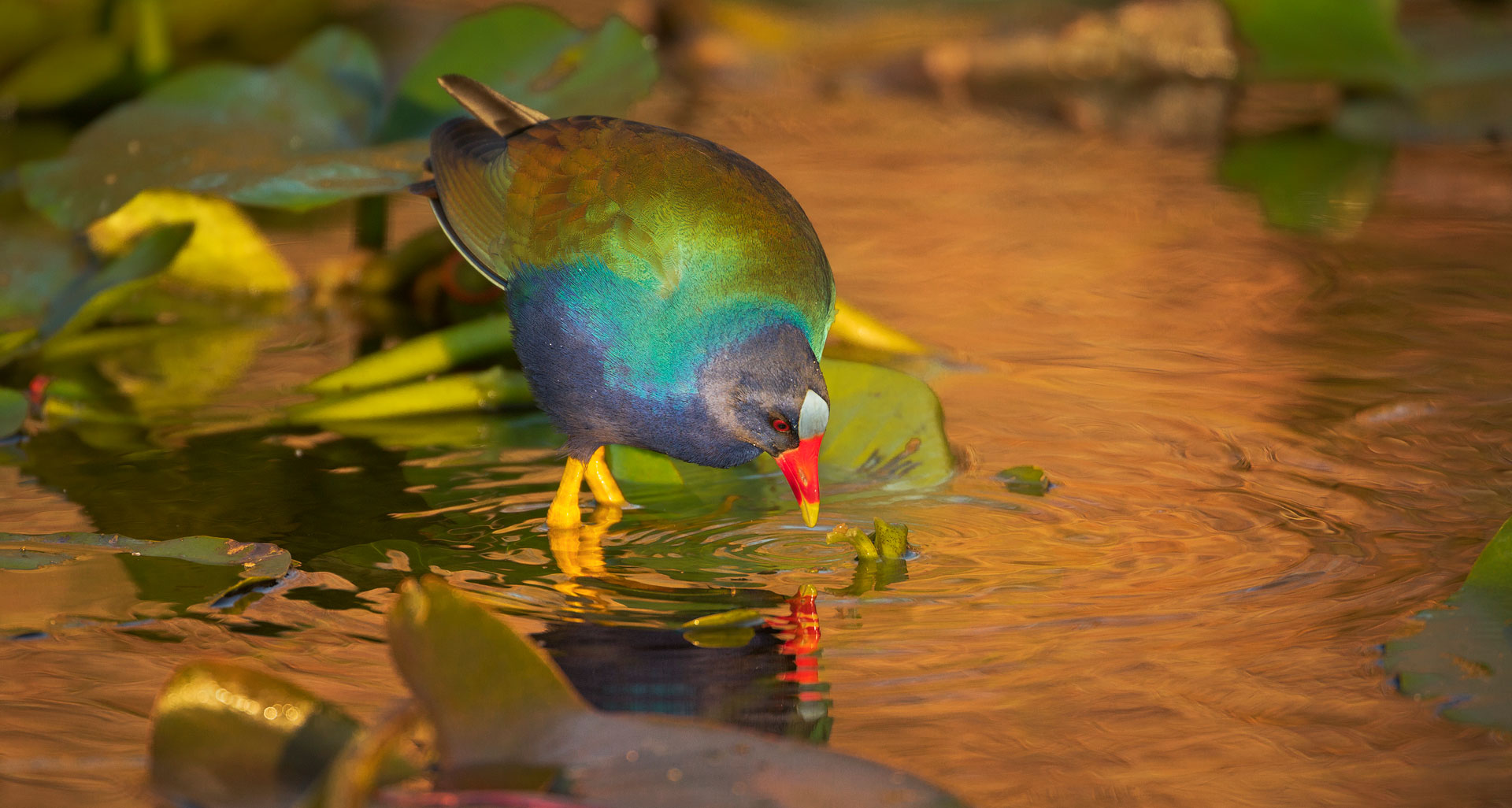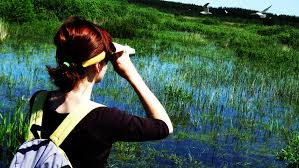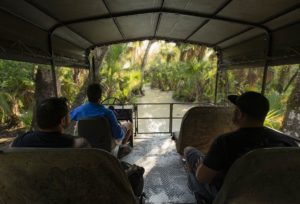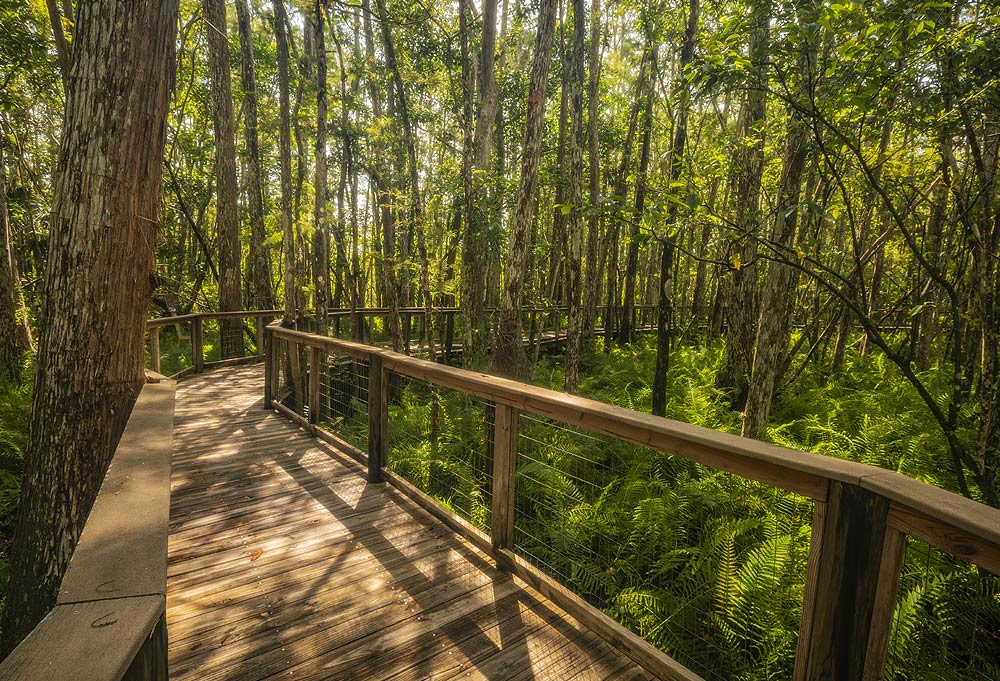
Birds of the Florida Everglades
The Florida Everglades, rich in history, beauty and culture, are also home to some of the most magnificent creatures the North America has to offer; birds. As the only subtropical preserve in all of North America, the Everglades provides the most significant breeding grounds for tropical wading birds. Here, more than 350 different species of birds have been seen, including bitterns, storks, even endangered species like the ultra-rare Snail Kites. So, the next time you venture to the Florida Everglades, don’t forget to bring your binoculars, camera, sunscreen and bird field identification book.
Role in Nature
Ecologically, birds assist the environment in so many ways. Some birds aid in plant reproduction through pollination or seed dispersion, and others provide a host body for parasites. Birds naturally sustain population levels and serve as food after death, much like any other species. The most common rule of thumb in the Everglades is, the healthier the ecosystem, the more wading birds are present. Here, birds may also have a distinct relationship with their animal peers. Alligators, for example, experience a mutually beneficial partnership with birds, as birds frequently nest near them for safety from racoons and opossums. Alternatively, it is common for one or two chicks to be ejected from the colony and fed directly to the gators. Whatever the relationship may be, birds profoundly affect the health of our ecosystem in more ways than we could possibly imagine.
Seasonal Shifts
A typical trip to the Everglades will have you swooning over the pelicans, herons, and egrets, but the population density of most birds is often dependent upon the season. No season is better than the other, they just happen to be different. Generally, birds tend to follow specific patterns in alternating “wet” and “dry” seasons. Known as “the river of grass”, the Everglades sees shifts in seasonal weather patterns. The dry season, between November and March only sees about a quarter of yearly rainfall. However, this lack of rain can cause animals present to concentrate around water sources available, making them easier to spot. It also cools temperatures and results in fewer insects, making it the busiest time of year for tourists. Alternatively, the wet season between April through October brings an abundance of wildlife, as water levels rise greatly. These seasonal shifts can also bring more fish and crayfish into the glades and boost bird populations overall.
Best Way to Experience it All
There is no better to experience the Everglades than Billie Swamp Safari. Visitors come to explore 2,200 acres of untamed Florida Everglades that has stood the test of time, and remarkably preserved by the Seminole Tribe of Florida. Whether it’s a swamp buggy eco-tour or an airboat ride, guest can experience the abundant bird life and so much more. As the Everglades continue to serve as the largest designated wilderness in the Eastern U.S., we must remain ecologically considerate of its wide variety of distinct and beautiful inhabitants. Thankfully, rainfall in recent years has created a flourishing safe haven for Everglades wading birds, and persistent efforts can keep them living their best lives to the advantage of all.
ABOUT FLORIDA SEMINOLE TOURISM (FST)
The Seminole Tribe of Florida is a federally recognized Indian Tribe. FST is a top Florida Everglades adventure, learning and camping destination. We share the excitement and wonder of the Florida Everglades to visitors from around the globe. Our award-winning Everglades attractions including Billie Swamp Safari, Ah-Tah-Thi-Ki Museum, and Big Cypress RV Resort & Campground.



